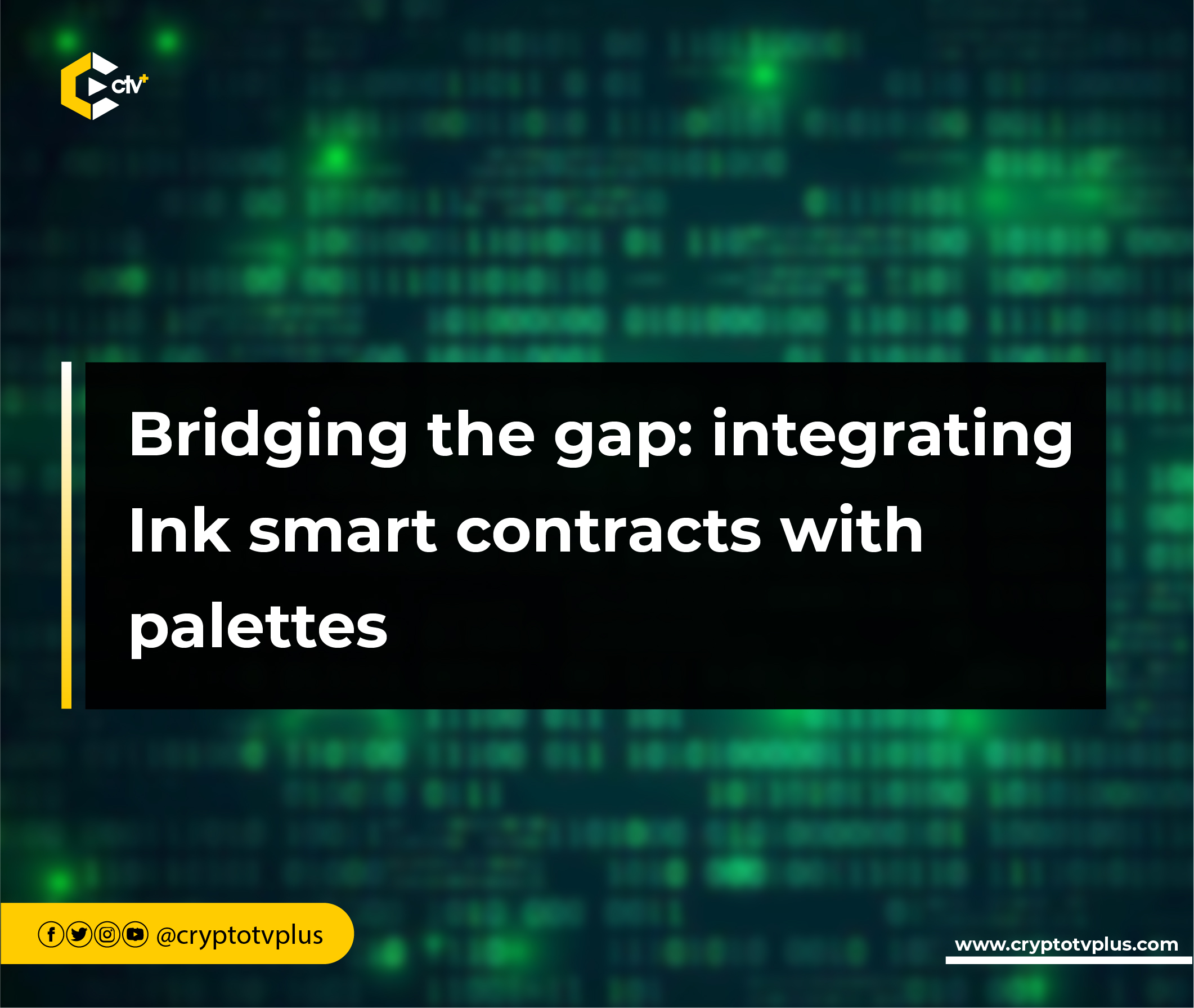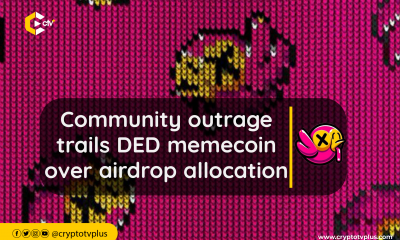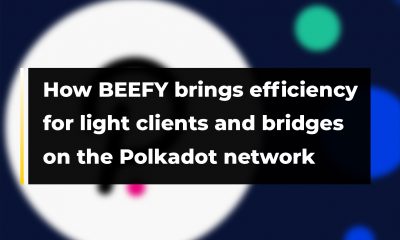FEATURED
Bridging the gap: integrating Ink smart contracts with palettes

During the Sub0 conference, Pierre Ossun, a senior developer at Astar Network, shed light on the integration hurdles confronted when combining Ink with the Palette smart contract API.
Ink Smart Contracts, designed around the Ink! programming language, offers a distinct approach to coding smart contracts.
Leveraging the power of Rust, Ink! serves as an embedded domain-specific programming language for crafting smart contracts tailored for blockchains built on the Substrate framework.
Elaborating on palette smart contracts, Ossun emphasized the pivotal role of WebAssembly (Wasm) smart contracts, which can be composed in languages like Ink, Solidity, and Asm.
These contracts are then compiled into Wasm bytecode. The Palette Contracts API enables interaction between these contracts and the runtime, providing access to a multitude of functions.
Why Ink!
He added that the reason for Ink to palette interaction arises from several crucial use cases. These include access to liquidity to enhance DOT in DeFi applications, cross-virtual machine (XVM) integration where contracts can call Solidity smart contracts on Ethereum’s EVM, opening up interoperability possibilities, and XCM integration.
Other reasons are for reliable logic as palette logic is developed and maintained by core runtime teams, ensuring reliability and trustworthiness; and for enhanced performance, where executing logic in the runtime is faster and more cost-effective than executing it within a smart contract.
Two ways to achieve Ink to Palette interaction
Pierre talked about two primary methods. The first one involves using chain extensions. This approach offers benefits like handling errors correctly, providing a way to measure performance, acting as an intermediary for extra logic, and enabling complete implementation.
However, it comes with drawbacks such as demanding significant development work, posing maintenance challenges for runtime teams, and requiring a lengthy implementation process.
He also introduced another approach called the call runtime method. Its main advantage lies in its simplicity and straightforward implementation.
It doesn’t require additional runtime code, which enhances security, and it’s well-suited for direct palette calls.
However, there are some downsides, including limited error handling capabilities, the inability to query on-chain storage, and the potential for compatibility issues when upgrading palettes.
The challenge of compatibility and A glimpse into the future
Ensuring compatibility is a critical concern when implementing Ink to palette interaction. The speaker said that once you enable it, maintaining compatibility becomes a primary responsibility.
Even minor changes to palettes can disrupt contract functionality, necessitating the maintenance of a forked version.
Pierre hinted at a potential third way to achieve interaction using XCM (Cross-Chain Messaging). This method, yet to be fully explored, could offer new possibilities, though it may also introduce its own set of challenges.
The decision to enable Ink to palette interaction should be made carefully, considering factors like future-proofing, compatibility, and maintenance efforts.
It’s a pivotal choice that can shape the effectiveness and reliability of blockchain applications.
Developers must navigate these challenges to harness the full potential of smart contracts and palettes in the ever-evolving blockchain landscape.
Read also; Exploring Schrödinger’s NFT in Secure Data Exchange with Apillion’s CTO

























1 Comment